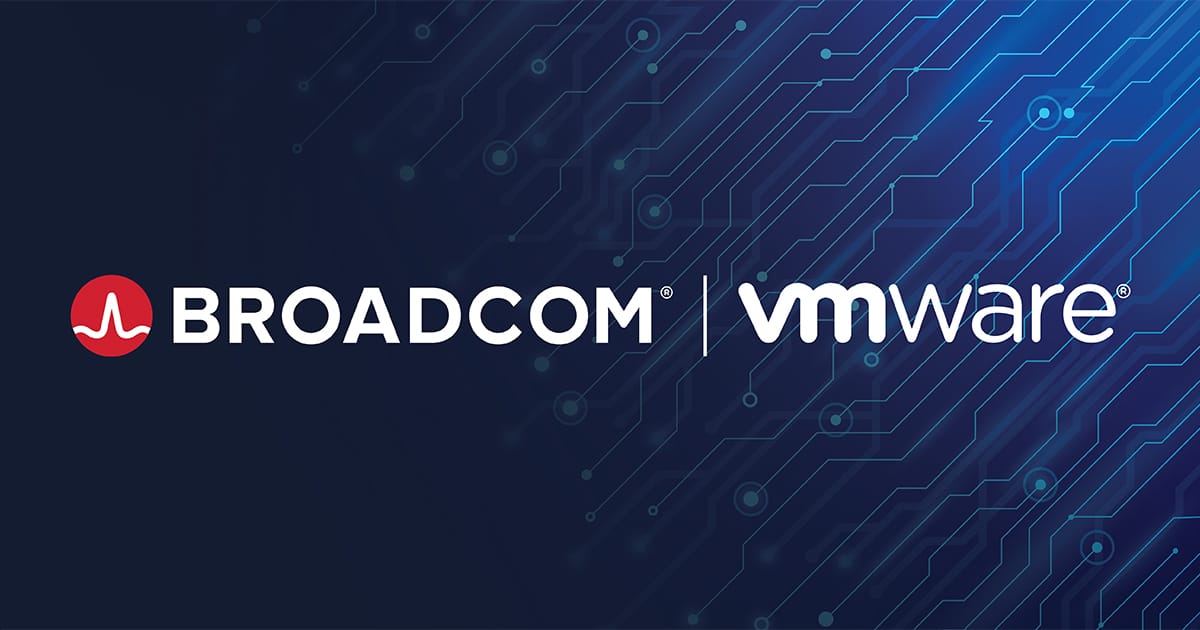April 12, 2024
In an industry where change is the only constant, Broadcom’s acquisition of VMware stands out as a pivotal moment, signalling not just a shift in ownership but a fundamental change in strategy by the company.
If you are not aware, VMware is a world leader in virtualisation technologies (for instance being able to run multiple virtual servers on one physical server) and one that Layer3 employed as the foundation of our New Zealand-based cloud services.
Broadcom’s purchase comes with a newfound focus on servicing VMWare’s top 600 global customers. Meanwhile, countless smaller cloud providers around the world (such as Layer3 and many, many others) have suddenly found themselves adrift, faced with the daunting prospect of uplifting their cloud infrastructure outside the VMware ecosystem at very short notice. Our organisation was among those impacted, propelling us on a journey from VMware to Microsoft’s Hyper-V as our new foundation.
Ironically, we wrote some time ago about a decision not to invest any further into our cloud infrastructure. However, the VMware acquisition, along with some unexpected growth in our cloud services platform, has changed our strategy, and one thing Layer3 does very well is adapt to change.
The Ripple Effect
Broadcom’s decision has sent shockwaves through the global marketplace, particularly among smaller providers. The move has raised concerns about the future accessibility and support for VMware’s offerings, prompting many to reconsider their infrastructure dependencies.
Contrary to what you might think given the magnitude of this change, VMware partners did not have kind of long-term advance knowledge of the changes. Therein lies a major part of the problem. The first communication we received of the changes to our partnership came in late January 2024, and the details in that notice were sparse at best. We were given notice at that time that our VMware contracts, along with the contracts for every other cloud provider, were to be cancelled at the end of April 2024. That’s it. Even our licensing distributor who sits higher up the VMware food chain had no further details to offer.
The new program, which smaller providers like us were to be invited to, was not even announced until 16 March 2024. Just two weeks out from our contracts being cancelled.
Thankfully, we had already decided at the start of the year, due to the lack of transparency from Broadcom, that we would be changing our hypervisor technology to Microsoft’s Hyper-V.
Enter Hyper-V
Hyper-V is Microsoft’s virtualization platform. At its core, Hyper-V functions as a hypervisor, allowing users to create and manage virtual machines on a single physical server. One thing that sets Hyper-V apart, is its seamless integration with Windows Server environments, which has always made it an attractive choice for organisations deeply rooted in Microsoft technologies. Hyper-V enables businesses to consolidate server infrastructure, optimise resource utilisation, and enhance scalability. It has robust management tools, such as Hyper-V Manager and System Center Virtual Machine Manager, that simplify the setup and administration of virtual environments – and simplicity is key – empowering IT teams to deploy and manage virtual workloads efficiently.
Hyper-V vs. VMware

Now, let’s address the elephant in the room: VMware. And more to the point, how does Hyper-V compare?
VMware and Hyper-V are both powerful virtualisation platforms that enable organizations to optimize their IT infrastructure. They hold the #1 and #2 market share positions respectively. VMware has been the long-standing leader in the market, with a strong reputation for reliability and performance.
On the other hand, Hyper-V has gained significant traction, especially among businesses deeply integrated into the Microsoft ecosystem (as Layer3 is). Hyper-V offers seamless integration with Windows Server environments and tight interoperability with other Microsoft products and services, making it an attractive choice for organisations seeking a cohesive IT environment. Hyper-V is also the underlying virtualisation technology in Microsoft’s Azure public cloud.
While VMware has long been a dominant force in the virtualisation market, it’s important to note that Hyper-V is no slouch. Microsoft’s product maturity and interoperability have led to feature parity with VMware over time, offering capabilities like live migration, high availability, and dynamic resource optimisation. In terms of integrations, Hyper-V boasts the kind of tight integration with other Microsoft products and services, such as Active Directory and Azure that you can only get from playing on the same team.
So, while this change is a significant undertaking for Layer3, it will in no way reduce our performance or reliability. Hyper-V is a robust and reliable solution that has always been worthy of serious consideration and will now likely become the platform of choice for innumerable IT providers around the world who will make the wise choice to leave VMware and its new management behind.
Since we have had to purchase further infrastructure to make this all happen, we’ve taken the opportunity to upgrade all our data centre infrastructure, including routers, switches, firewalls and internet connections. All of our core network components are now 25gbit with 100gbit backbones.
So thanks for the memories VMware, but our future is now with Hyper-V.

